from the US Navy Archives.. Must be enroute...Only a few English looking chaps about...
Oh yeah, and an Avenger. Or would it already be a Tarpon?
Oh yeah, and an Avenger. Or would it already be a Tarpon?
Attachments
-
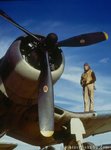 15124.jpg41 KB · Views: 1,412
15124.jpg41 KB · Views: 1,412 -
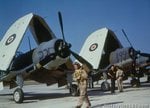 15126.jpg45.6 KB · Views: 1,118
15126.jpg45.6 KB · Views: 1,118 -
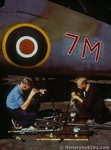 15127.jpg52.3 KB · Views: 1,104
15127.jpg52.3 KB · Views: 1,104 -
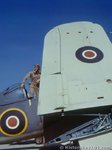 15128.jpg36.6 KB · Views: 1,413
15128.jpg36.6 KB · Views: 1,413 -
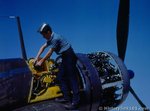 15129.jpg44.1 KB · Views: 1,063
15129.jpg44.1 KB · Views: 1,063 -
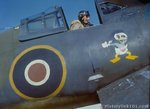 15882.jpg40.9 KB · Views: 1,303
15882.jpg40.9 KB · Views: 1,303 -
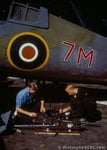 15857.jpg53.1 KB · Views: 1,061
15857.jpg53.1 KB · Views: 1,061 -
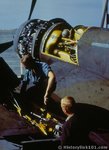 15133.jpg53 KB · Views: 1,241
15133.jpg53 KB · Views: 1,241 -
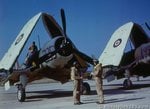 15132.jpg48.7 KB · Views: 1,111
15132.jpg48.7 KB · Views: 1,111 -
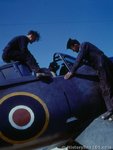 15130.jpg40.1 KB · Views: 1,076
15130.jpg40.1 KB · Views: 1,076 -
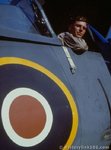 15883.jpg37.7 KB · Views: 1,086
15883.jpg37.7 KB · Views: 1,086 -
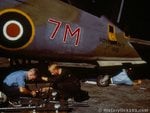 15884.jpg52.3 KB · Views: 1,057
15884.jpg52.3 KB · Views: 1,057 -
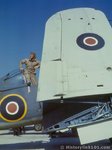 15978.jpg39.2 KB · Views: 1,064
15978.jpg39.2 KB · Views: 1,064 -
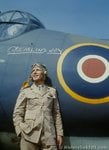 15979.jpg44.6 KB · Views: 1,066
15979.jpg44.6 KB · Views: 1,066
